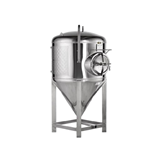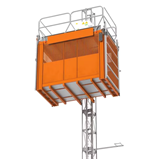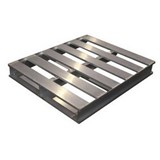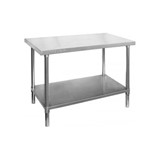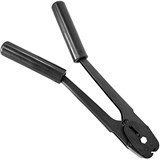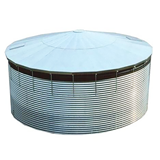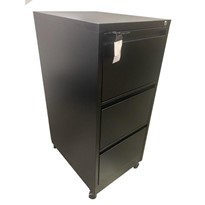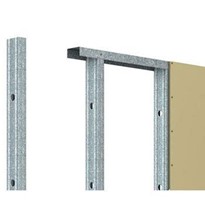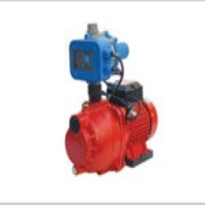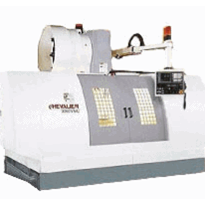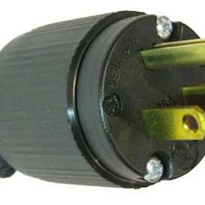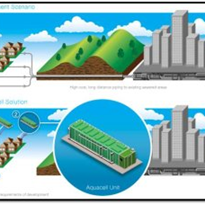We all want buildings that will stand the test of time, and while traditional wood framing has long been a staple in US residential construction, steel framing is emerging as a robust alternative, offering numerous advantages that contribute to the longevity and resilience of residential structures. In this article, we will explore the key benefits of steel framing and why it should be a top consideration for US residential developers.
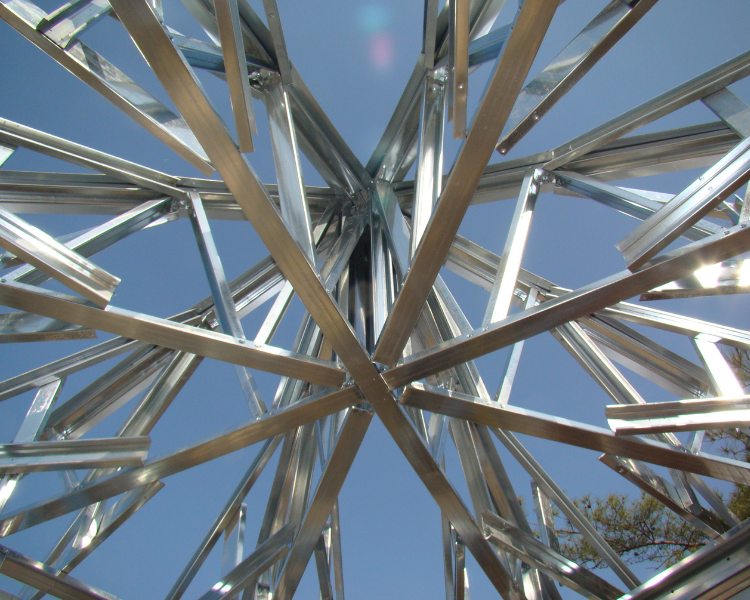
1. Strength and Durability
Steel is renowned for its unparalleled strength, durability, and exceptional mold resistance. Unlike wood, steel is not susceptible to warping, cracking, or splitting, making it an ideal material for ensuring the structural integrity of residential buildings. Steel-framed homes can withstand extreme weather conditions, such as hurricanes, tornadoes, and earthquakes, providing a level of safety and security that is crucial for homeowners.
2. Resistance to Pests and Decay
One of the challenges with wood framing is its vulnerability to pests, such as termites, and decay caused by moisture. Steel framing eliminates these concerns. Termites and other destructive insects have no interest in steel and the material does not rot, reducing the risk of structural damage over time. This resilience translates to long-term cost savings for homeowners, as there is no need for expensive pest control or constant maintenance to combat decay.
3. Fire Resistance
Steel framing boasts excellent fire-resistant properties, a critical consideration for residential developers looking to enhance the safety of their buildings. In the event of a fire, steel does not contribute to the spread of flames, providing occupants with valuable time to evacuate and minimizing the potential for catastrophic damage. This fire resistance can also lower homeowners' insurance premiums, making steel-framed homes a financially prudent choice.
4. Consistent Precision and Accuracy
Unlike wood, steel is manufactured to precise specifications, ensuring consistency and uniformity. This precision eliminates common issues associated with variations in wood, such as knots, warping or uneven sizes. The predictability of steel framing materials simplifies the construction process, allowing for faster and more efficient building timelines. Residential developers can benefit from streamlined construction schedules and reduced labor costs associated with the precision of steel framing.
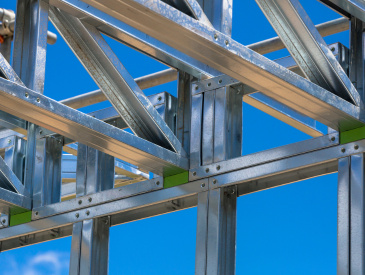 |
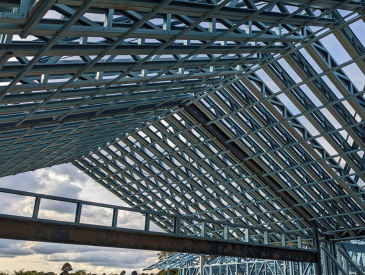 |
5. Environmentally Friendly
Steel is a highly recyclable material, making it an environmentally friendly choice for US residential construction. With an increasing focus on sustainable building practices, steel framing aligns with the growing demand for eco-conscious construction materials. Additionally, the longevity of steel-framed structures contributes to reducing waste over time, further enhancing its environmental credentials.
Summary
The climate resilience of steel framing makes it a compelling choice for US residential developers seeking to build homes that stand the test of time. From superior strength and durability to resistance against mold, pests, decay and fire, steel framing addresses many of the challenges associated with traditional wood framing. As the construction industry evolves, embracing innovative and resilient materials like steel can lead to homes that not only meet the demands of the present but also provide lasting value for generations to come. By prioritizing the use of steel framing, residential developers can elevate the standards and longevity of their projects while meeting the growing expectations of environmentally conscious homeowners.



